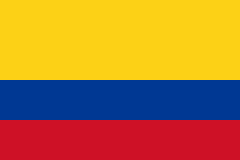
Visa and entry requirements Colombia:
Passport required
No visa is required
Information from the Foreign Office about your trip to Colombia:
https://www.auswaertiges-amt.de/de/kolumbiensicherheit/201516
Colombia is a republic in northwestern South America with a population of almost 50 million. This makes Colombia the most populous country in South America after Brazil. The country lies on both the Pacific Ocean and the Caribbean Sea. On the mainland it borders Panama in the northwest, Venezuela in the east, Brazil in the southeast, Peru in the south and Ecuador in the southwest. The country's name is derived from the famous sailor Christopher Columbus.
The western half of Colombia is dominated by the Andes, with several volcanoes, some of which are active. In the north on the Caribbean coast rises the 5,775 meter high Sierra Nevada de Santa Maria, the highest coastal mountain range in the world and at the same time the highest point in Colombia.
The eastern half of Colombia is characterized by densely forested lowlands whose rivers flow into either the Orinoco or the Amazon.
The southeastern quarter of Colombia includes the Colombian part of the Amazonia. This region is almost entirely covered by dense rainforest and, with the exception of a number of indigenous populations, is sparsely populated. Since the equator runs through Colombia, the state is in the tropical climate zone.
Spanish has been used as the sole official language in Colombia since colonial times. The official national currency is the Colombian peso, where 1 euro corresponds to around 3,800 COP at a very fluctuating rate.
The country's largest cities include Bogota, Medellin, Cali, Barranquilla, Cartagena, Soledad, Cucuta, Ibague, Soacha, Manizales, Pasto, Bucaramanga, Santa Maria and Villavicencio.
The number of international visitors has increased steadily in recent years. Important tourist attractions are the colonial city of Cartagena on the Caribbean coast, Colombia's Sugarloaf Mountain near the city of Guatepe, the city of Medellin - once the most dangerous city in the world, the colonial and very idyllic towns of Jardin and Salento, the Tatacoa Desert, and the approximately 400 stone statues of San Agustin, the white city of Popayan, the many impressive coffee plantations, the coastal town of Minca, the Tayrona National Park with the wonderful beaches, the salsa city of Cali with its many dance clubs, the two Caribbean islands of San Andres and Providencia and the city of Bogota.
Bogota is the capital of Colombia with around eight million inhabitants and lies at an altitude of 2,640 meters. The city is the economic and cultural center of the country and one of the fastest growing metropolises in South America.
Bogota lies in a fertile Andean plateau, at the foot of the two Cordillera mountains, Guadelupe and Monserrate.
Because of its high altitude above sea level, Bogota has a temperate climate. Bogota is experiencing rapid growth from the rural areas and the slums on the outskirts of the city are constantly expanding.
The most important sights in Bogota include the Cathedral of the Archdiocese, the City Hall, the Congress of the Republic of Colombia, the National Theater, the Theater of the City of Bogota, the Columbus Theater, the National Museum, the Museo del Oro, the old town of Bogota around the monumental Plaza Bolivar , the Palace of Justice, the Cathedral in Plaza Bolivar, the Capitolio Nacional, the baroque Jesuit Church of San Ignacio, the Church of San Francisco, the Jesuit Monastery with the Art Museum, the Simon Bolivar Park - one of the largest urban parks in the world, the Tequendama Waterfall just outside as well as the cable car up Monserrate Mountain to enjoy the breathtaking panoramic views of the city of Bogota.
In August 2015 I visited the Colombian mainland for the only time so far for three days, exclusively to the capital Bogota. Colombia was the last stop on my big and long trip through all the Caribbean countries.
I lived near the center, where I found great accommodation for two nights with Maria via the Couchsurfing portal.
The city of Bogota has a really worth seeing and cozy old town, which is decorated with countless colorful graffiti. Complete house walls have been embellished, some of them up to 100 meters long, creating countless photo opportunities and being very impressive to look at. My host and also my city guide
Maria, showed me the most beautiful parts of Bogota, including many hidden and non-touristy places.
On the second day we took a cable car trip up Monserrate Mountain. From the top I was able to enjoy a fantastic view of the entire capital.
The countless small local street restaurants there offer delicacies that are sometimes a little difficult for a European to get used to, but are incomparable. Thanks to Maria, the lunch she chose was very varied and, to my surprise, also delicious, with only local specialties. I can only highly recommend this excursion and the associated cable car ride to every visitor to Bogota.
In addition to my visit to Bogota, two years later in July 2017 I traveled to the paradisiacal Caribbean island of San Andres, which for me is one of the most beautiful islands in the world.
Somehow people always associated Colombia with drugs and crime. However, this time is now long gone and the diverse country is developing into a real tourist magnet. Due to its currently low price level, Colombia is definitely always worth a trip.
For me, Colombia is a little insider tip in South America, and everyone should definitely visit the Caribbean island of San Andres.
The next morning, after 10 eventful and impressive weeks through all the Caribbean countries, I went back to Germany via Madrid.

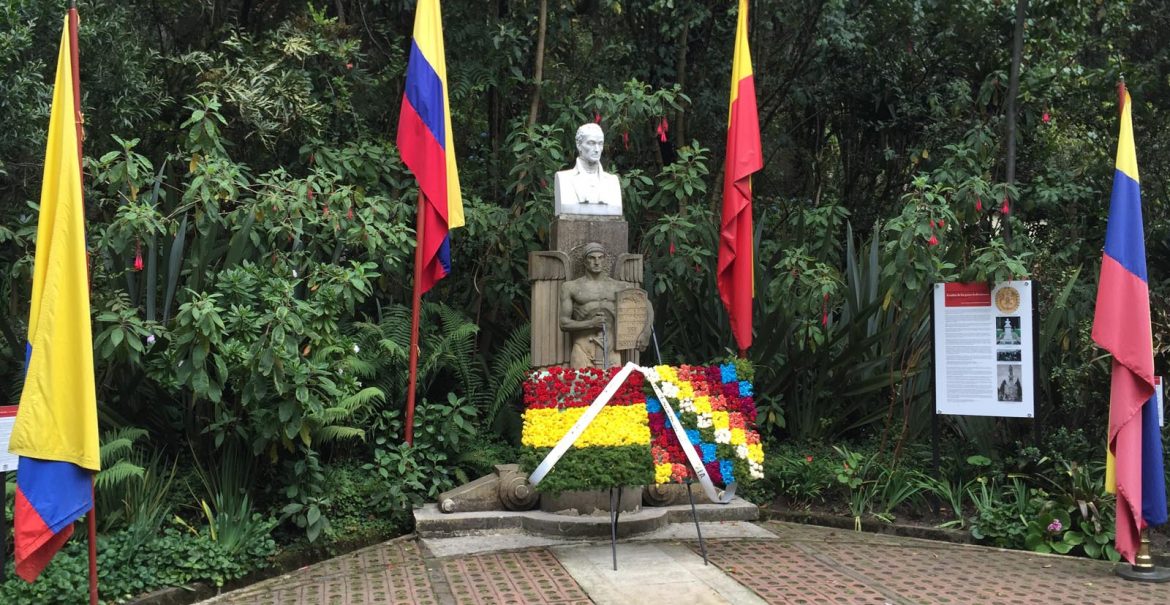


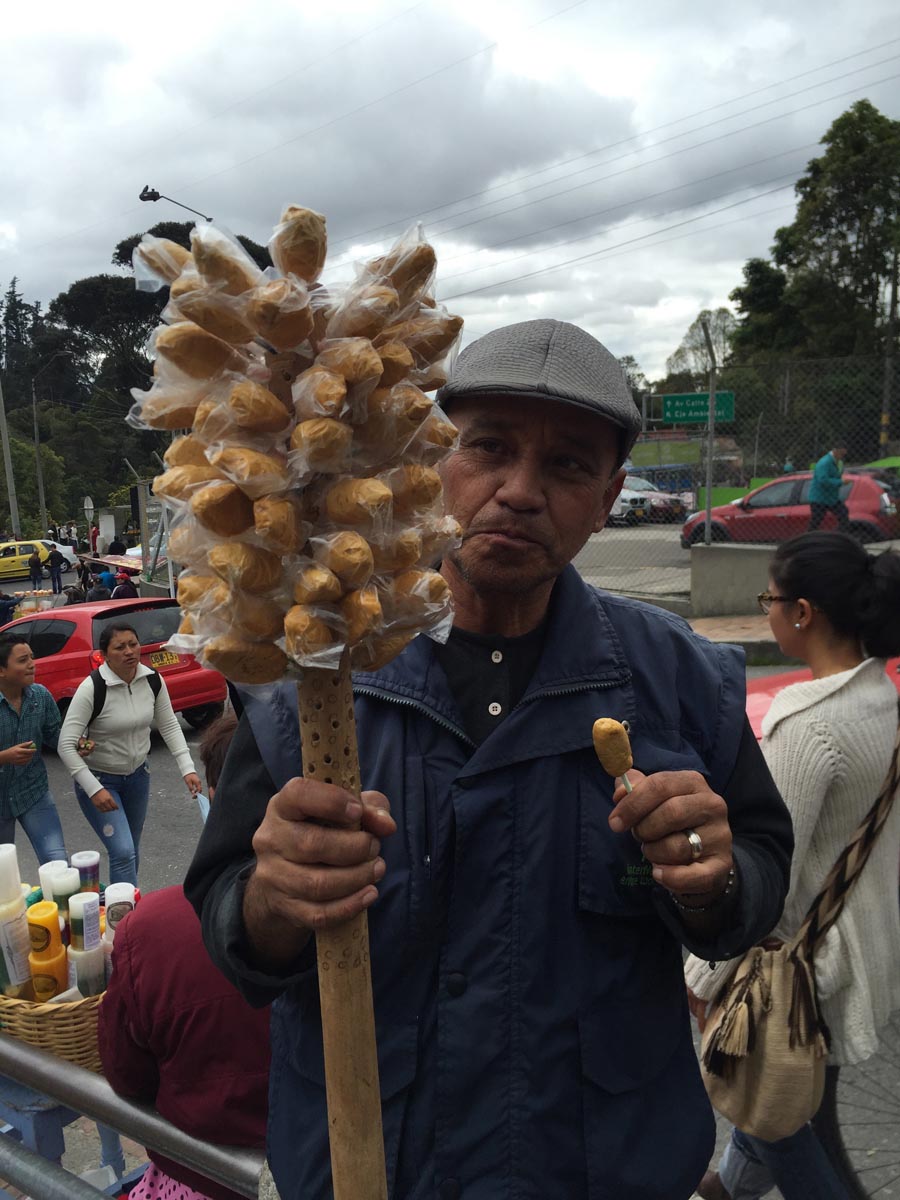

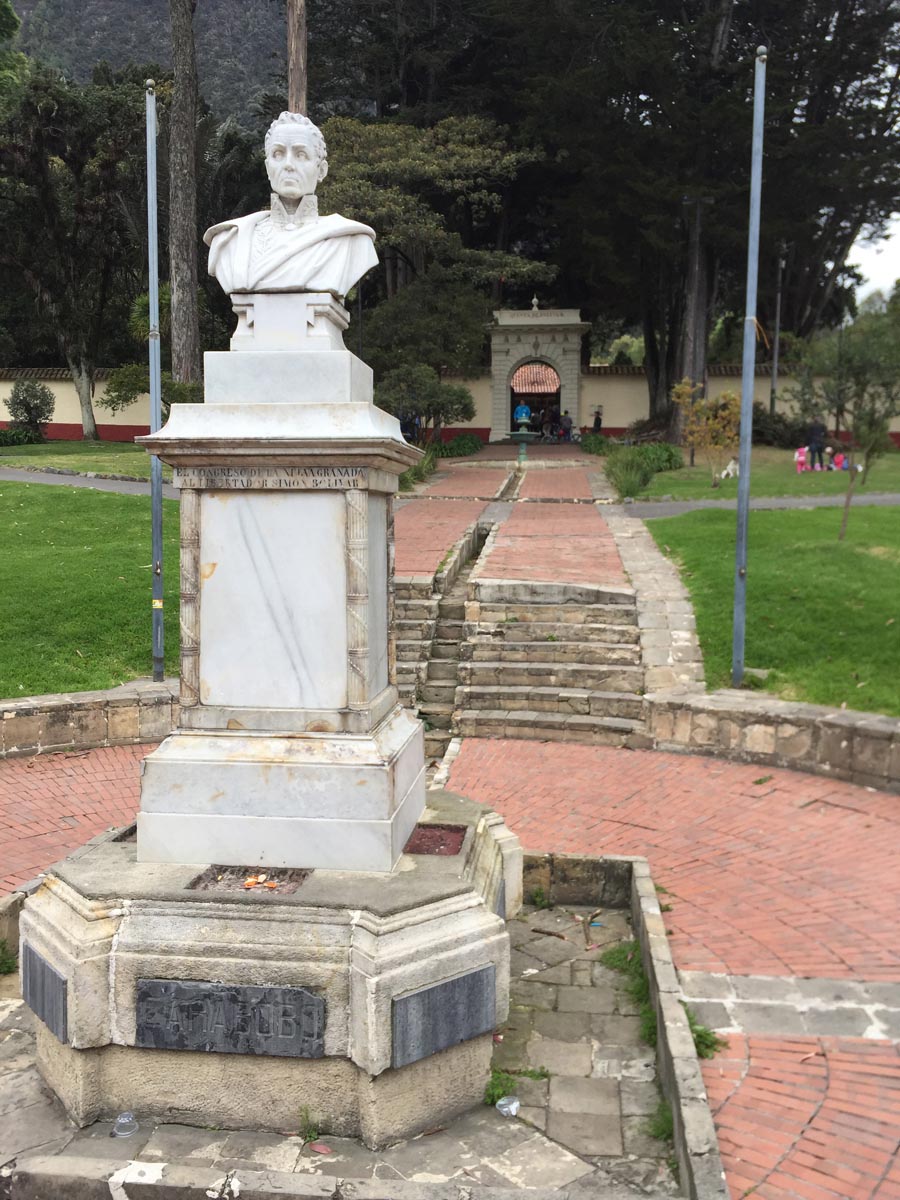
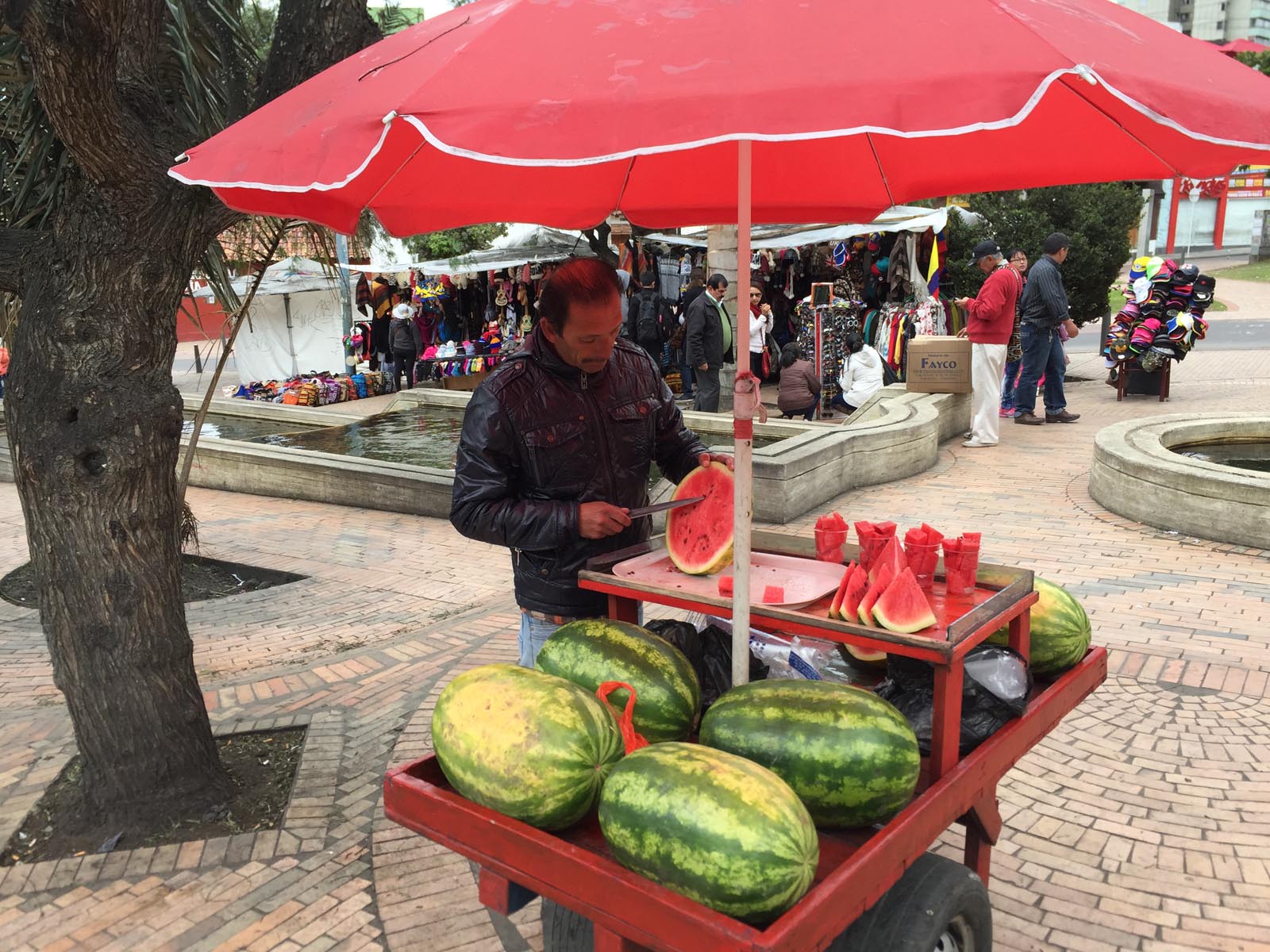







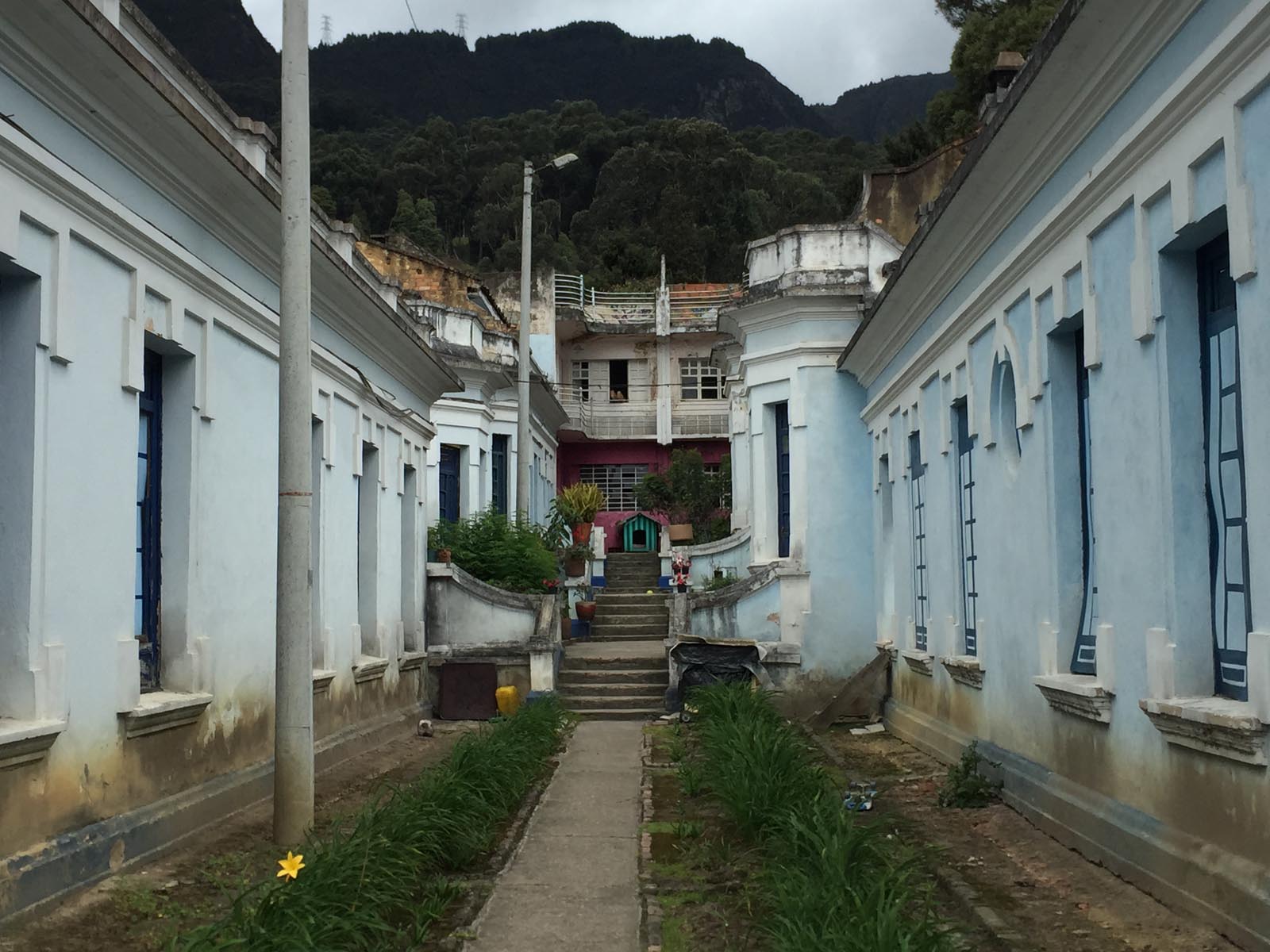
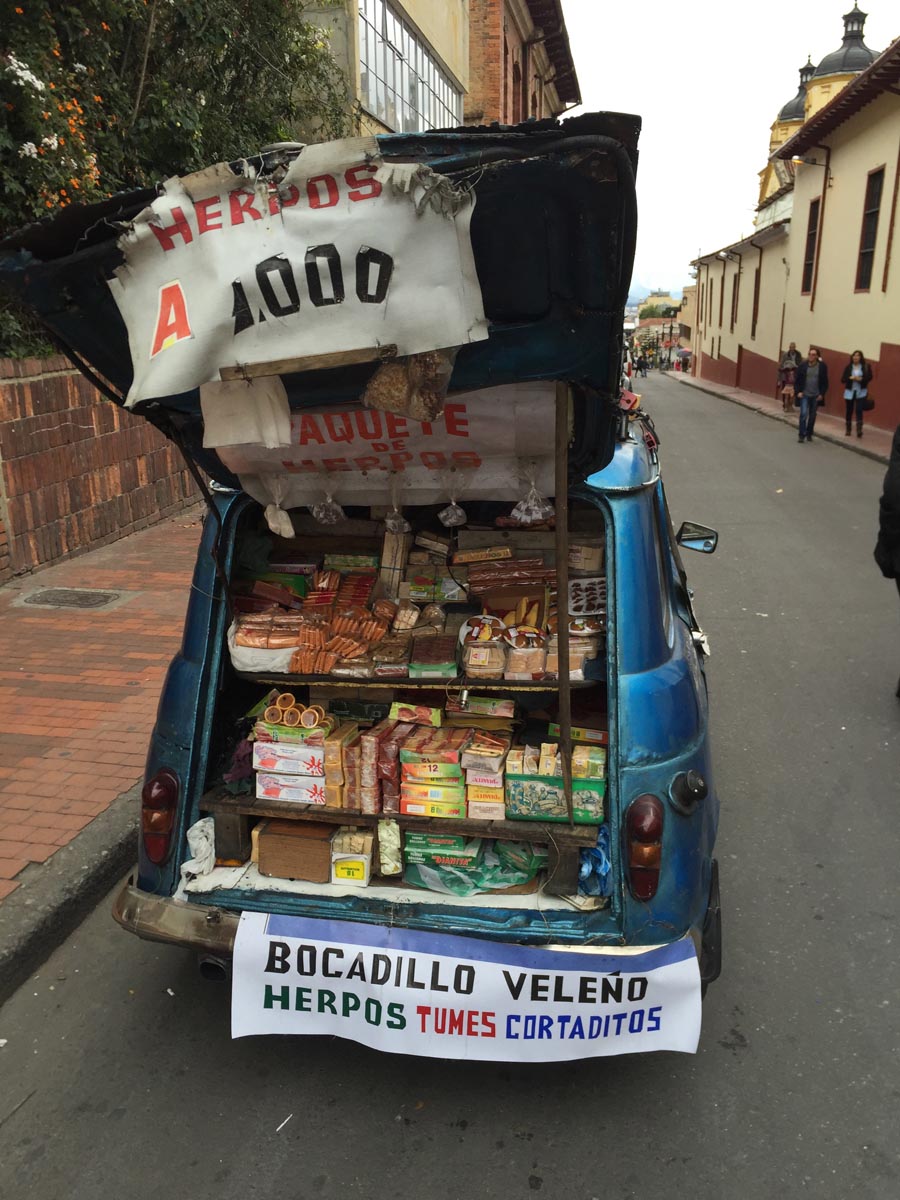




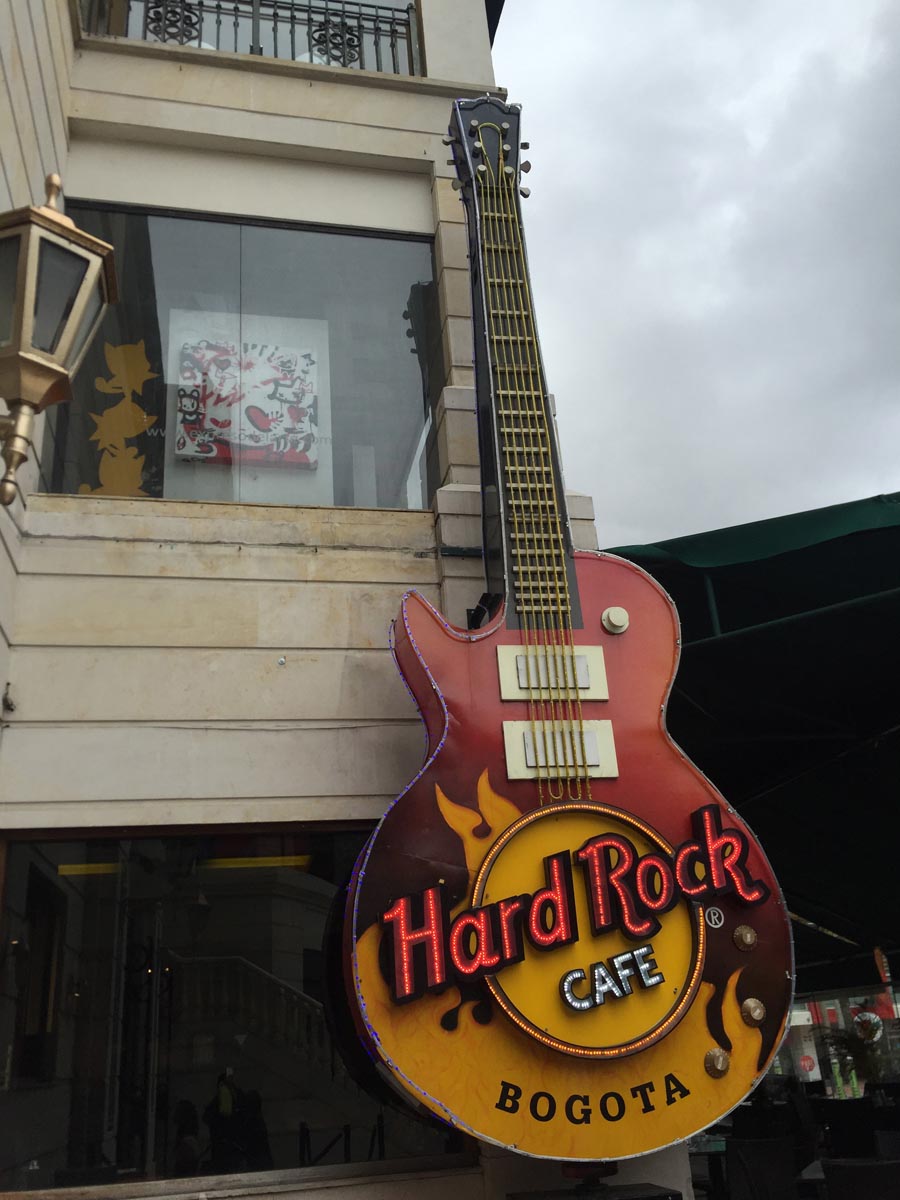





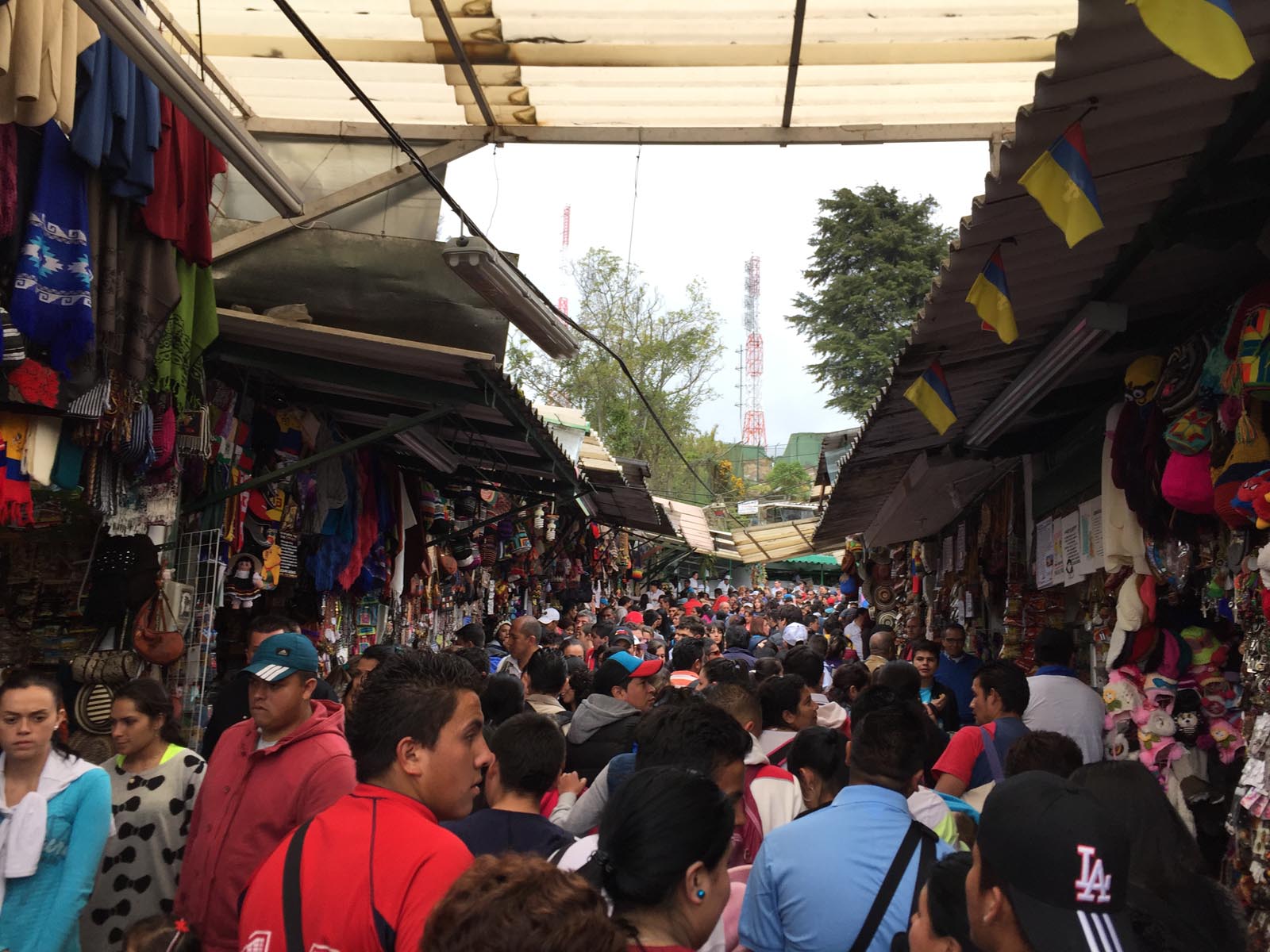




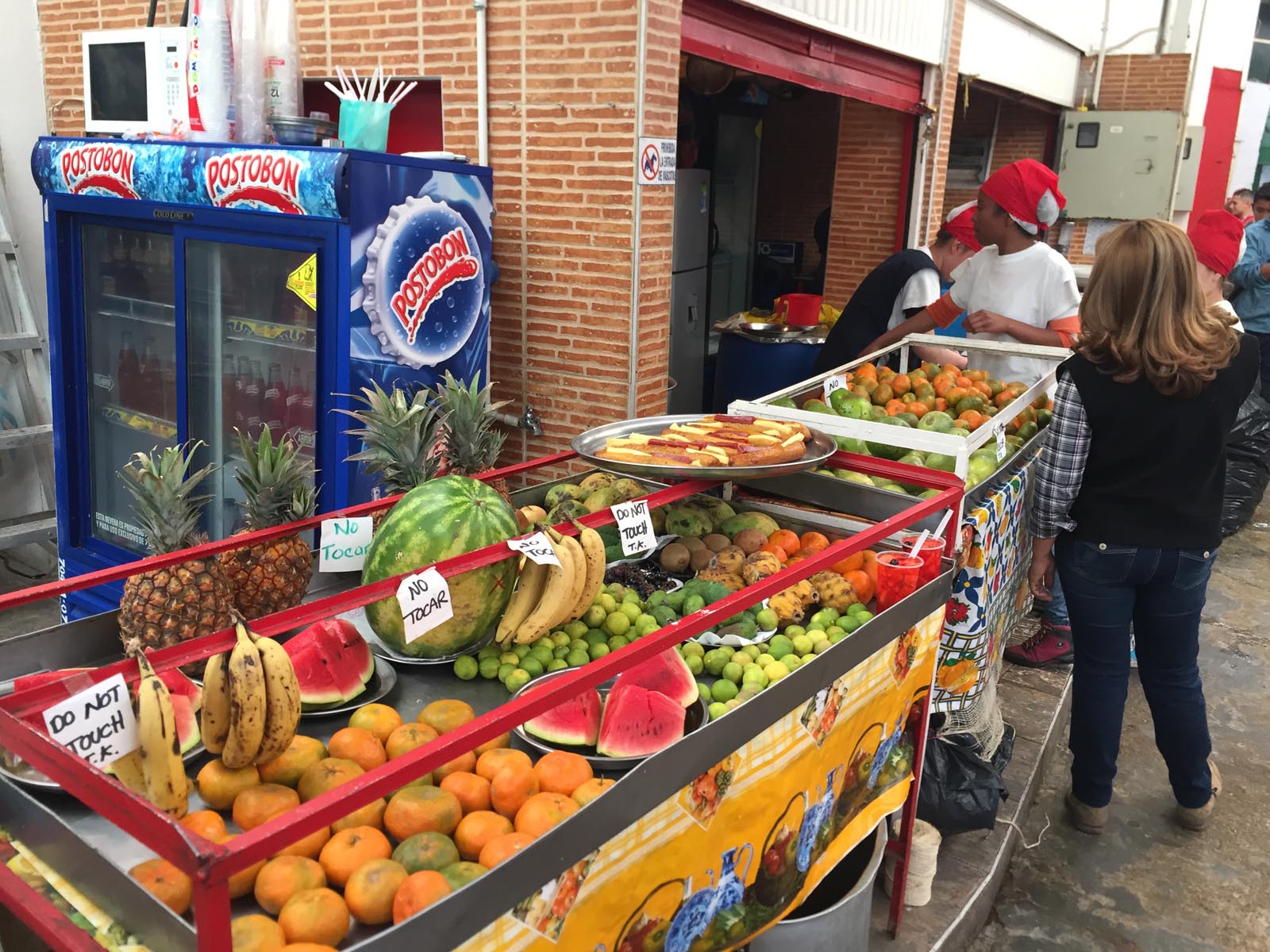











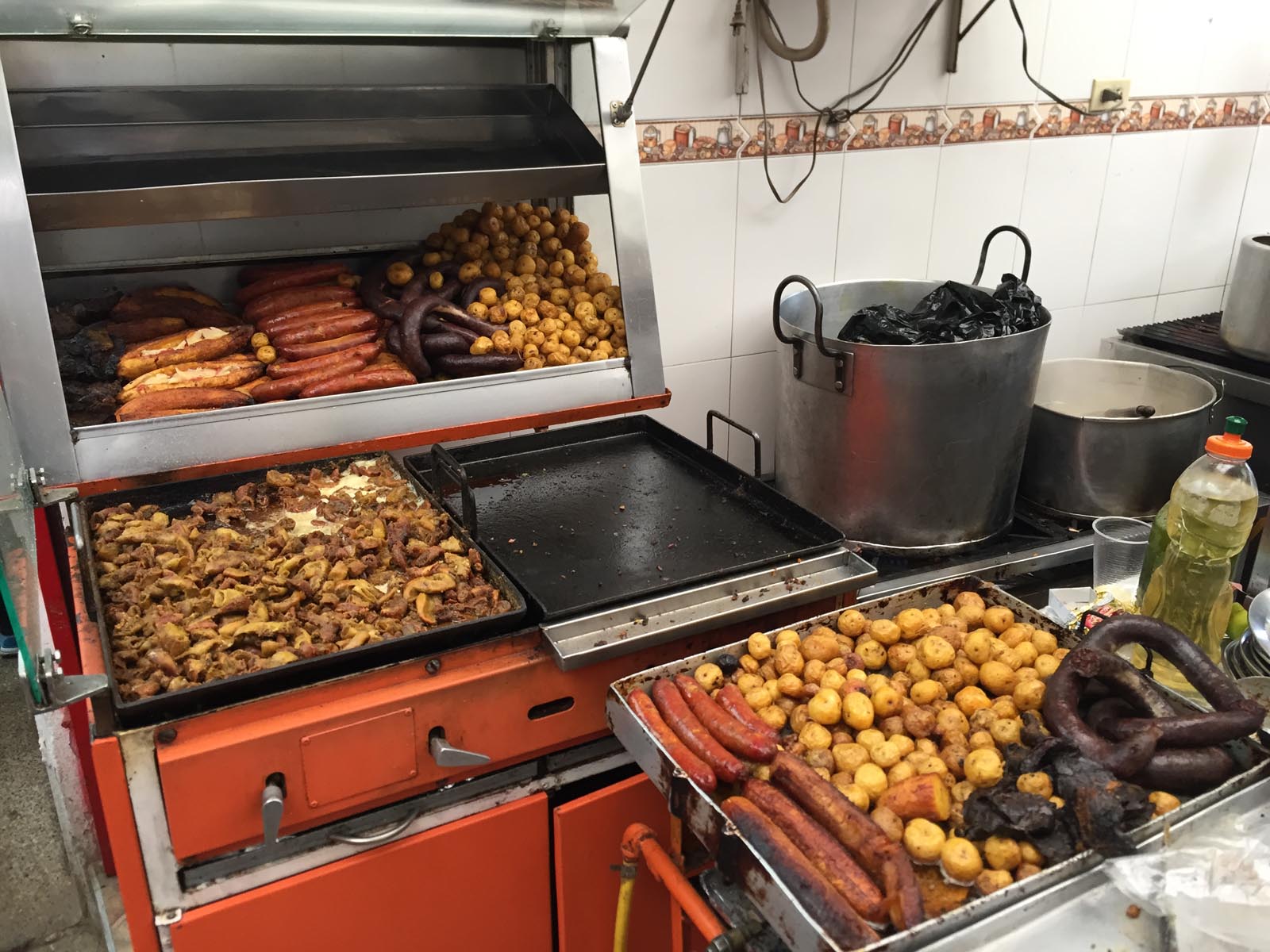



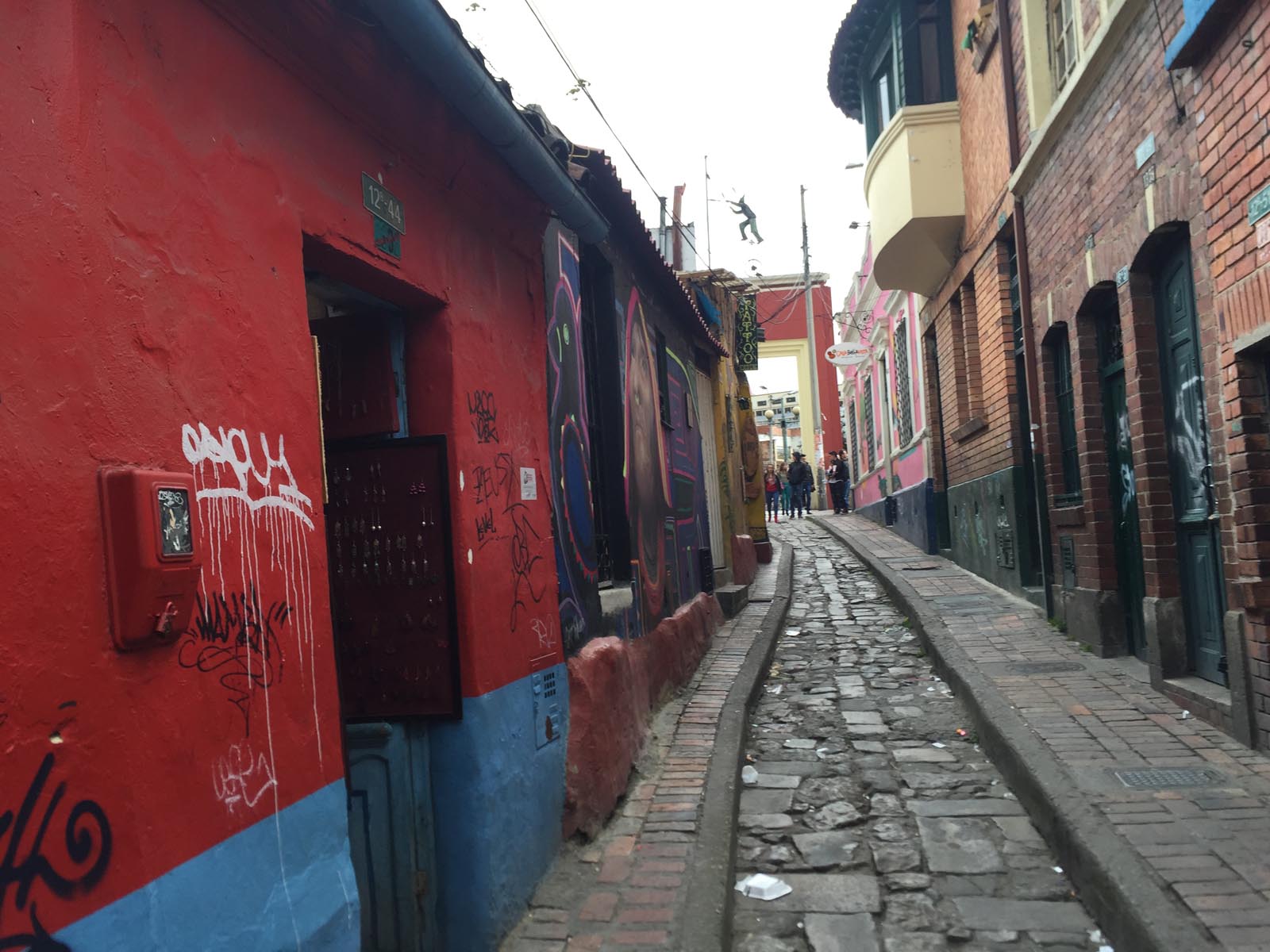

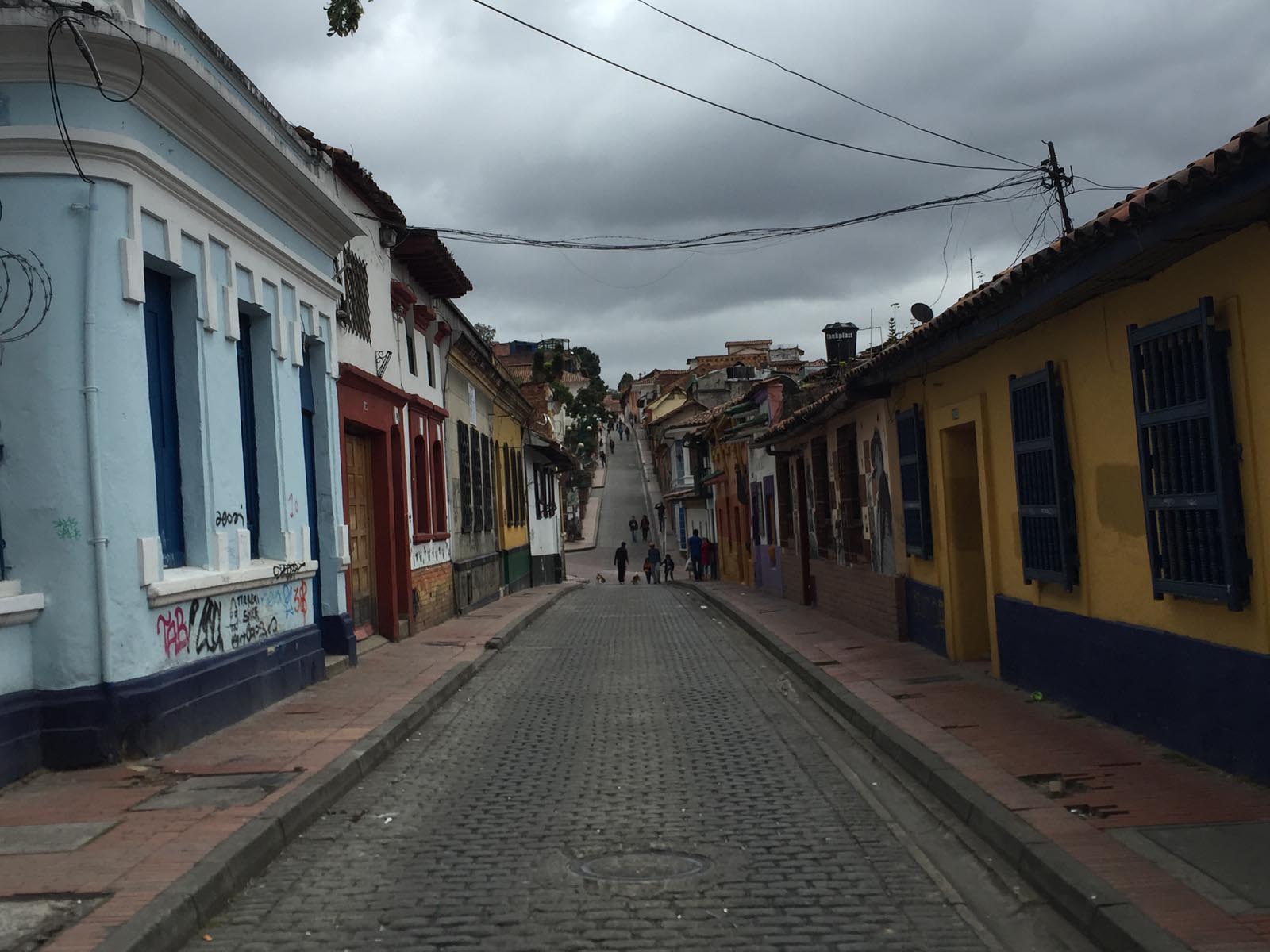
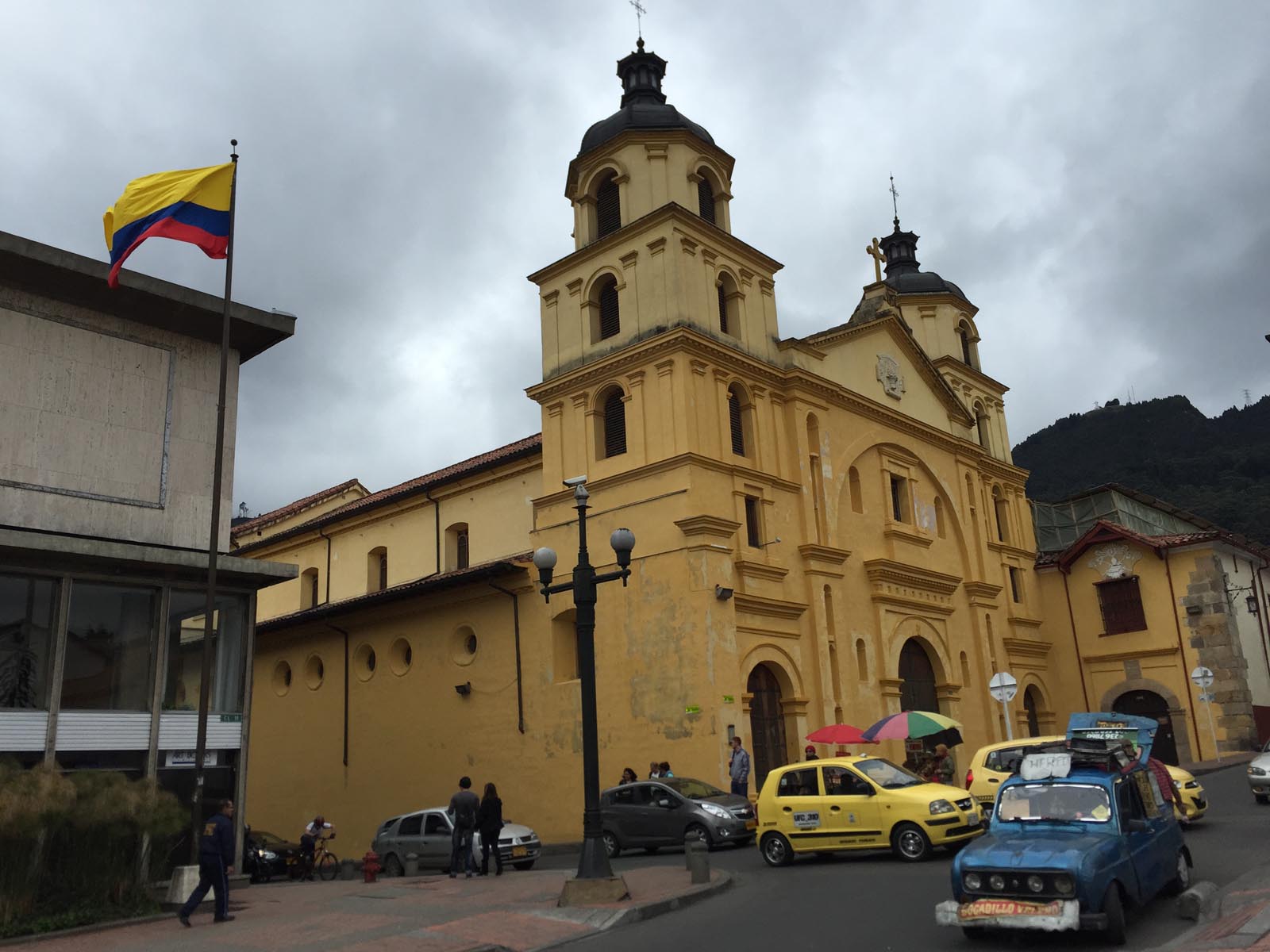
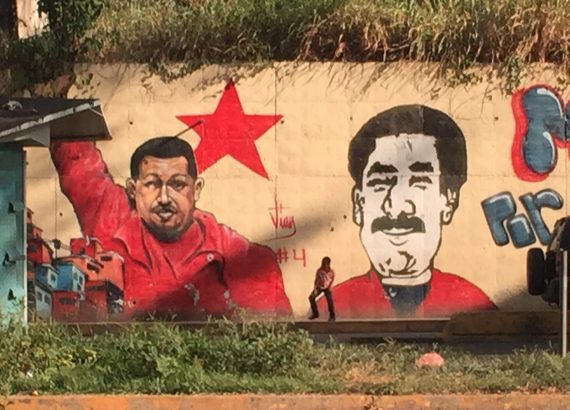
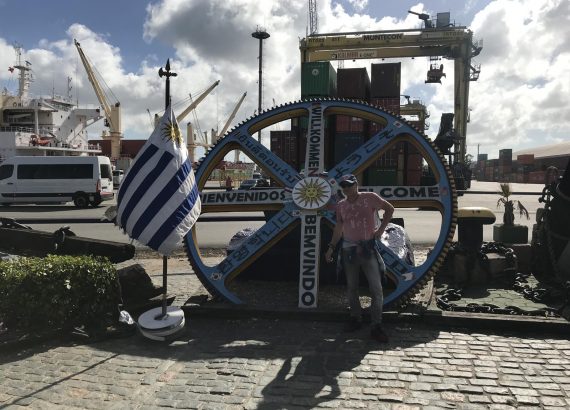
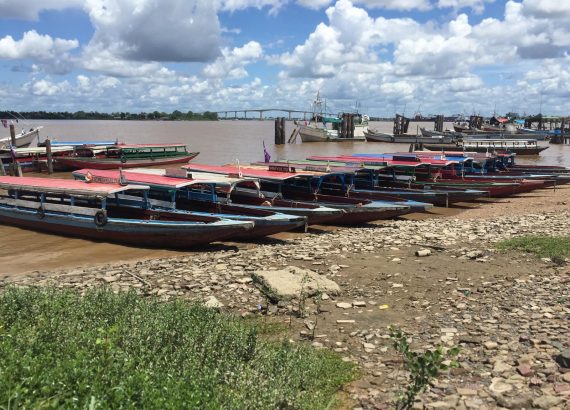
No Comments